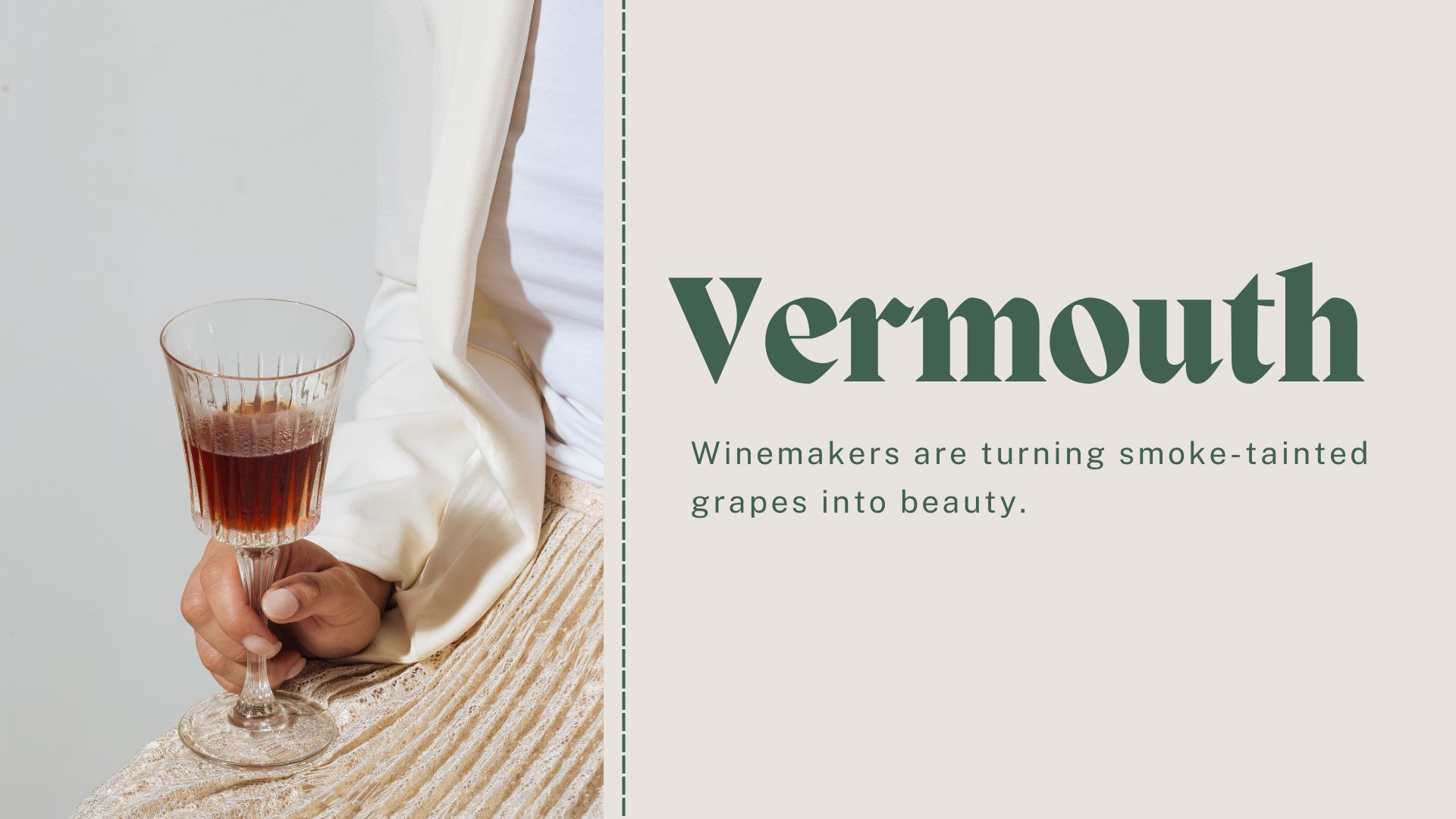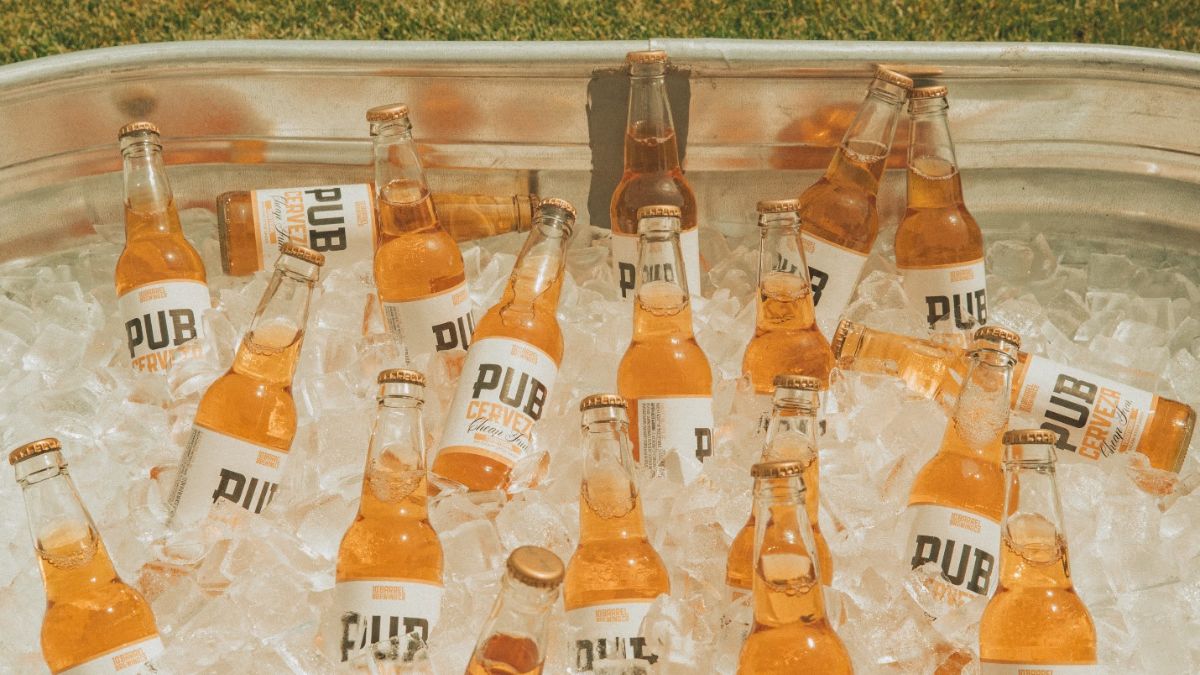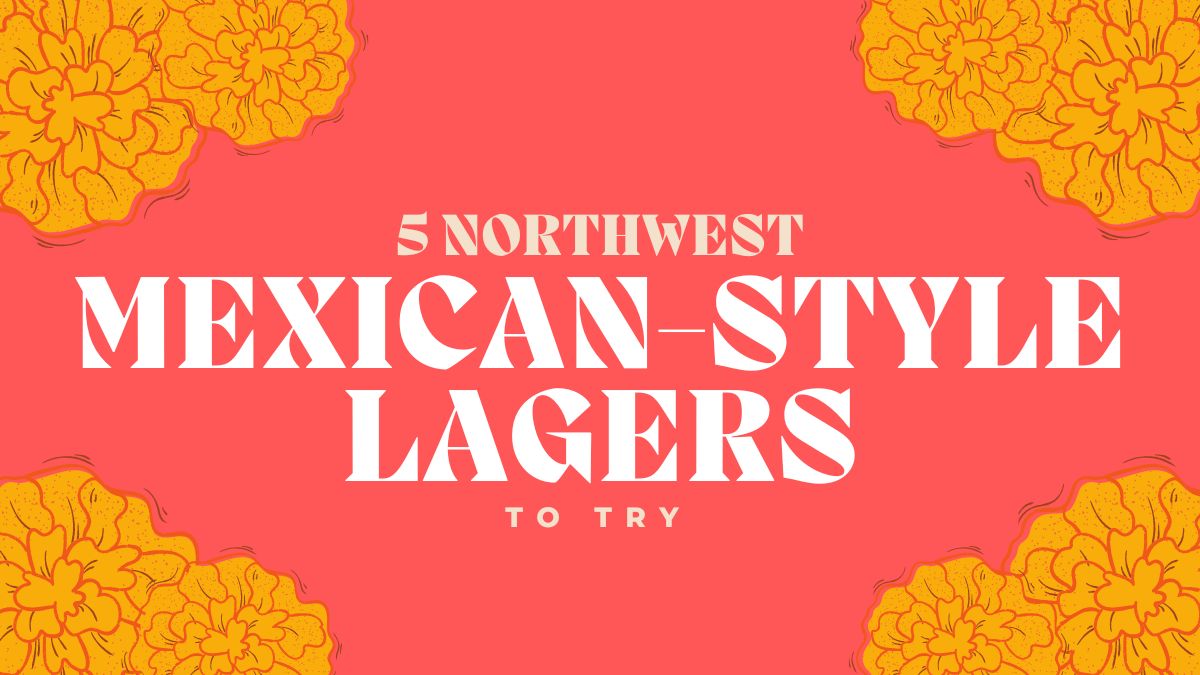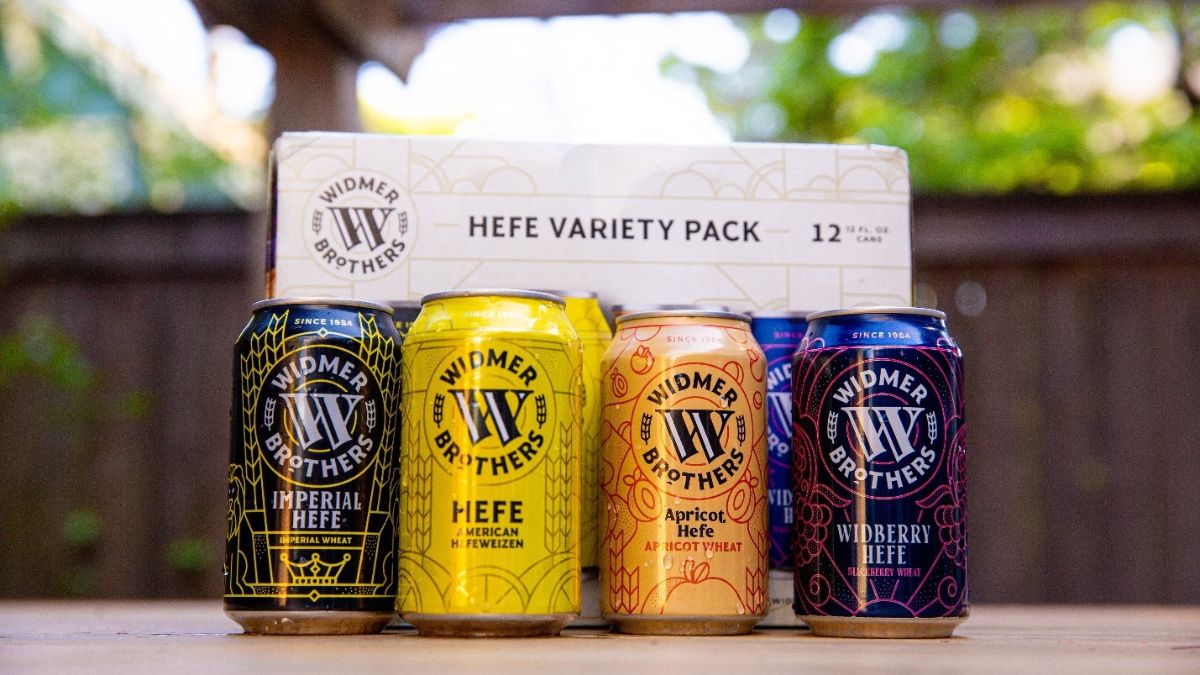The 2020 wildfires raged from early July and lasted through December, wrecking havoc throughout the Western United States. As climate change escalates and wildfires continue to grow in severity in many of the world’s wine regions, winemakers oftentimes must learn to pivot when their grapes are impacted by smoke taint.
There are techniques to remove smoke taint, but they can be cost prohibitive for the small producer. Moreover, the results can be unpredictable and manipulations can sometimes adversely affect the overall quality of the wine.
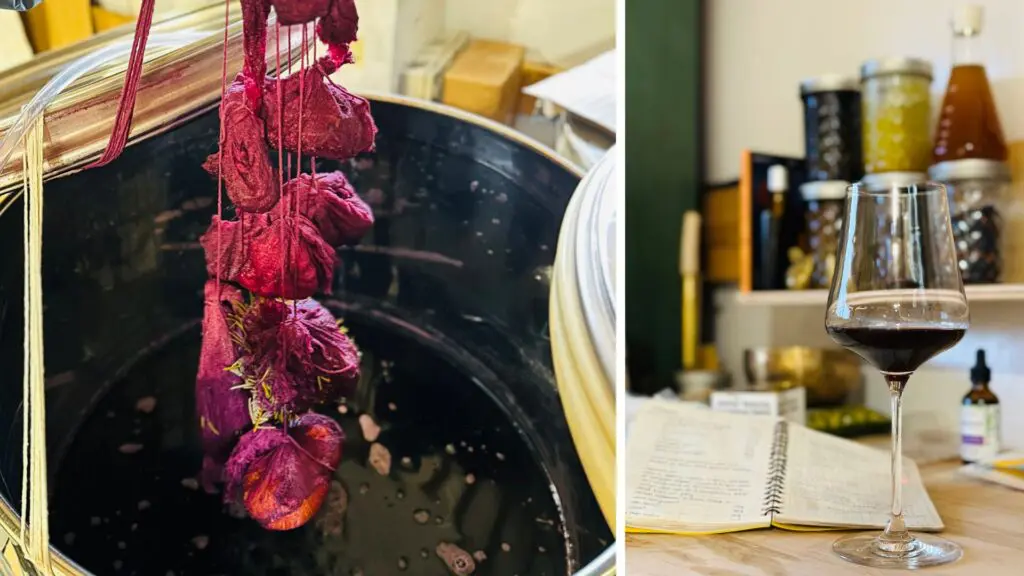
Left with the painful decision of how to make the best of the situation, winemakers have several options: they can choose to sell the wine to a bulk market, manipulate the grapes or dilute the wine. All these options can make the smoke less detectable. And because the grapes do not sit on the skins where the volatile phenols live, making a rosé can be a sensible shift.
As a last resort, distillation of a finished wine into brandy can eliminate smoky aromas and flavors. In the hands of a creative winemaker, this can be an opportunity to make something new. And it has become a path many winemakers have chosen.

Bethany Kimmel, a Columbia Gorge winemaker who labels under The Color Collector, is one such winemaker. She chose to turn her smoke tainted 2020 Gamay grapes into 30 cases of vermouth — which quickly sold out.
That success enticed Kimmel to continue with a second batch of vermouth, even without the necessity of repurposing smoke-tainted grapes. This newest vintage was released just weeks ago.
“Disasters, both small and large, are inevitable and will always be destabilizing, but a goal I have for myself with winemaking — in the words of the poet John O’Donodue — is to learn to find ease in risk,” Kimmel says. “The experience of the difficult 2020 vintage taught me that imperfection can be a catalyst for growth, and the need to find a creative solution reinvigorated my curiosity.”

The process of turning fruit into vermouth begins with infusing botanicals into wine, conducting blending trials. “I felt a little closer to the ancient makers who used not only the indigenous grapes but also the wild flowers and herbs growing on a piece of land,” she says.
Kimmel equates making vermouth with finding watercolors after years of drawing with only pencil. “Now that I have discovered a new medium, I’m eager to keep refining my brushstrokes.”
Her newest vintage starts with a base of 2022 Björnson Vineyard Amity Hills Gamay from the Willamette Valley — which Kimmel aged in a neutral oak barrel for 10 months — the wine was then moved into a tank to infuse the very carefully chosen botanicals, foraged primarily by herself near her home in White Salmon, Washington. This includes rose hips, yarrow leaves and flowers, and wormwood, to name a few. She then followed up with tasting from the tank every few days during the month-long infusion period. Lastly, roughly 8 liters of Brandy was added from 2020 Temperance Hill Pinot Noir, made in Portland’s Stone Barn Brandyworks by Bethany’s friend, Andy Garrison. This fortifies the Vermouth to 17% ABV. The final touch was to sweeten with honey, from hives Kimmel tends on her land.

“It makes so much sense that [vermouth] would be a traditional beverage of people living close to the land and making wine from their vineyards — literally the vines in their backyards,” Kimmel says. “Historically, vines grew in small family plots alongside other wild plants and herbs — it’s the physical manifestation of rediscovering an intimate connection to place.”
She is quick to give credit to her friends and colleagues, who have also had to change course due to unforeseen disasters. Bethany was inspired by the “lemonade” Rosè that Brianne Day released, and the beautiful red Vermouth that Kelley Fox and Stephanie Sprinkle poured their hearts and love into after the 2020 wildfires. She also draws inspiration from her friend and colleague Graham Markel of Buona Notte, another notable winemaker in the Columbia Gorge, who produces three distinctly different Vermouths and has five vintages under his belt starting from 2017.
Interested in trying this small batch Vermouth? For more information on where to find these specialty bottles, please visit: tccollector.com
Want to learn more about Vermouth and Northwest producers making it. Read Vermouth 101: Northwest Producers Serve Vermouth with a Twist.

